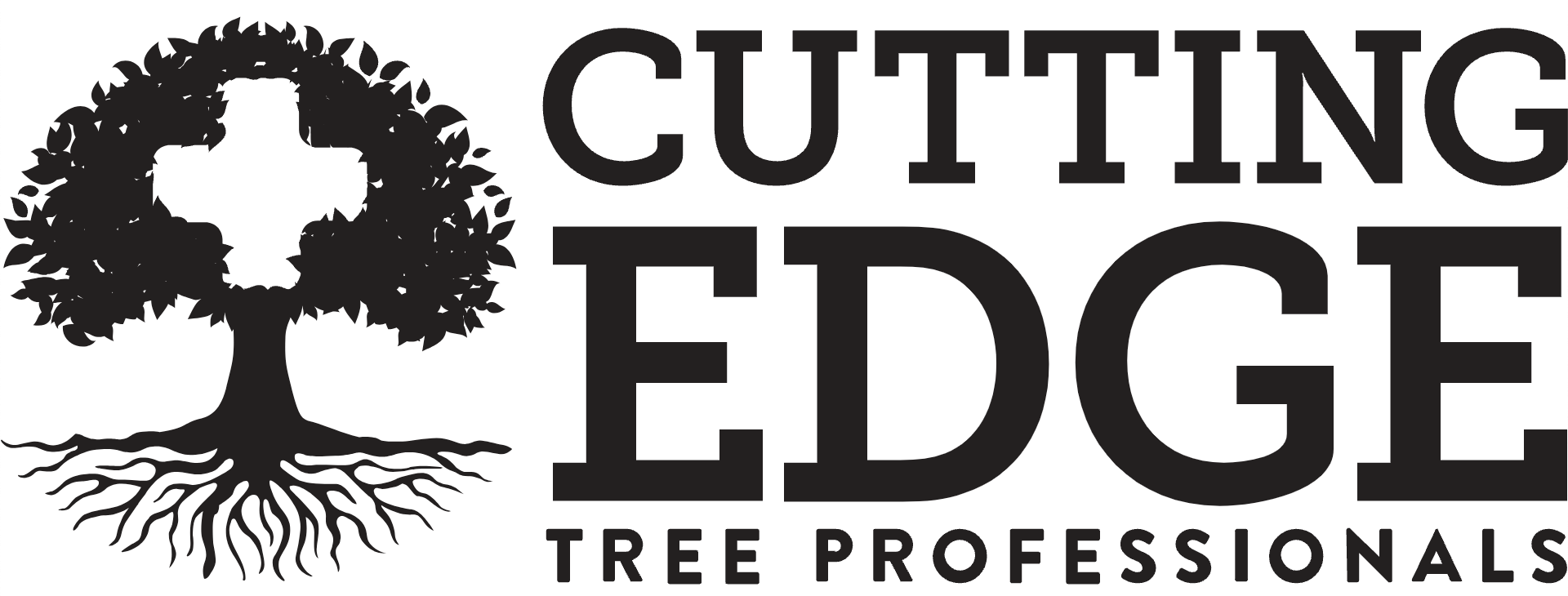Hurricane season poses significant risks to both human lives and the natural environment. Winds and storms made their way up north creating damage for families in State College area just last month in October. Hurricane Season is still underway, till the end of November. Read on for our top reasons for preparing for storms and empowering action steps you can take to ensure the safety of your beloved trees.
While we focus on securing our homes and properties, it is equally crucial to prepare our trees for the imminent challenges. Trees are not only beautiful and essential for our ecosystem but can also pose a hazard during strong winds if not properly cared for. In this blog post, we will explore the impact of hurricane season on trees in the Northeast and discuss empowering actions people can take to minimize damage and maintain the health of their trees.
The Impact of Hurricane Season on Trees in the Northeast:
The northeastern region of the United States experiences its fair share of hurricane impact, with high winds, heavy rain, and storm surges being common occurrences. Trees, with their expansive canopies and extensive root systems, are vulnerable during extreme weather events. Here are some ways in which hurricane season affects trees in the Northeast:
1. Uprooting: Severe winds can uproot trees, especially those with compromised root systems or shallow roots. Soft, saturated soil also increases the risk of uprooting.
2. Crown Failure: Strong winds and heavy rain can lead to crown failure, where branches or the entire canopy of the tree may break off, posing a serious hazard to property and individuals.
3. Trunk Damage: Trees with structural issues, such as previous injuries, decay, or poor branch attachments, are more susceptible to trunk damage. High winds can cause trunks to split or break, further endangering the tree and its surroundings.
4. Soil Erosion and Flooding: Excessive rainfall during hurricane season can saturate the soil, leading to soil erosion and increasing the risk of trees toppling over. Additionally, prolonged flooding can deprive the roots of oxygen, causing root rot and tree decline.
Actions to Prepare Trees for Hurricane Season:
1. Regular Maintenance: Routine tree inspections by a certified arborist should be scheduled before hurricane season. This will allow early identification and remediation of any issues, such as weak branches, structural flaws, or signs of disease. Pruning deadwood and removing weak branches will help reduce the risk of falling debris during the storm.
2. Thinning and Crown Reduction: Consider thinning the canopy and reducing the tree’s crown size to decrease wind resistance. By selectively removing branches, wind can flow more easily through the tree, reducing the chances of strong gusts causing damage. Consult with an arborist skilled in crown reduction techniques to ensure proper execution.
3. Mulching and Watering: Establish proper mulching around the base of trees, keeping it away from the trunk, to conserve moisture, regulate soil temperature, and improve overall tree health. Adequate watering throughout the year ensures robust root systems, giving trees a better chance of withstanding hurricane-force winds.
4. Tree Staking and Guying: Newly planted or young trees may require additional support until their roots can establish themselves firmly. Staking and guying techniques provide temporary stability and protect against toppling. Care must be taken not to damage the trunk or restrict natural movement.
5. Tree Health: Maintaining overall tree health strengthens their ability to withstand storms. Regular fertilization, providing proper nutrition, and monitoring for pest and disease issues contribute to tree vitality. Arborists can help create customized treatment plans to optimize tree health and resilience.
6. Surrounding Structures and Hazards: Evaluate the proximity of trees to buildings, power lines, and other structures. Identify and address any potential hazards by removing or trimming trees that pose a risk during a storm. Pruning techniques should be in accordance with industry standards to maintain the tree’s structural integrity.
7. Defensible Space: Clearing the area around trees from dead or weak branches, foliage, and debris reduces the likelihood of damage to both the tree and surrounding property. Regular yard maintenance, such as raking and removing fallen leaves and branches, is crucial to maintaining a defensible space.
Wrap Up
As we enter hurricane season, it is important to acknowledge and address the potential risks trees pose during severe weather events. Taking proactive measures to prepare trees in the Northeast can minimize damage and help maintain the health and beauty of our precious natural assets. Regular maintenance, including pruning, thinning, and crown reduction, along with proper mulching, watering, and tree health management, empower us to ensure the resilience of our trees. By creating defensible spaces and addressing potential hazards, we prioritize the safety of our homes and properties. Remember, the expertise of certified arborists is invaluable when it comes to tree preparation and maintenance, ensuring the best possible outcomes for both trees and people during hurricane season
Let Us Help
Brace your trees for the storm season! With southern hurricanes making their way up north, it’s crucial to ensure the safety of your beloved trees. Our experienced team at Cutting Edge Tree Professionals is prepared to lend a helping hand. From thorough tree inspections to strategic trimming and strengthening techniques, we’ll fortify your trees against the impending storms. Don’t wait until it’s too late – call us at (814) 201-9757 and let our experts safeguard your trees from nature’s fury.

